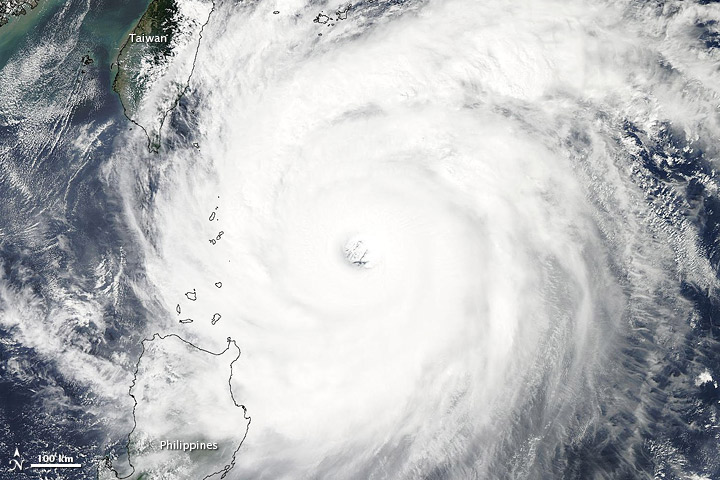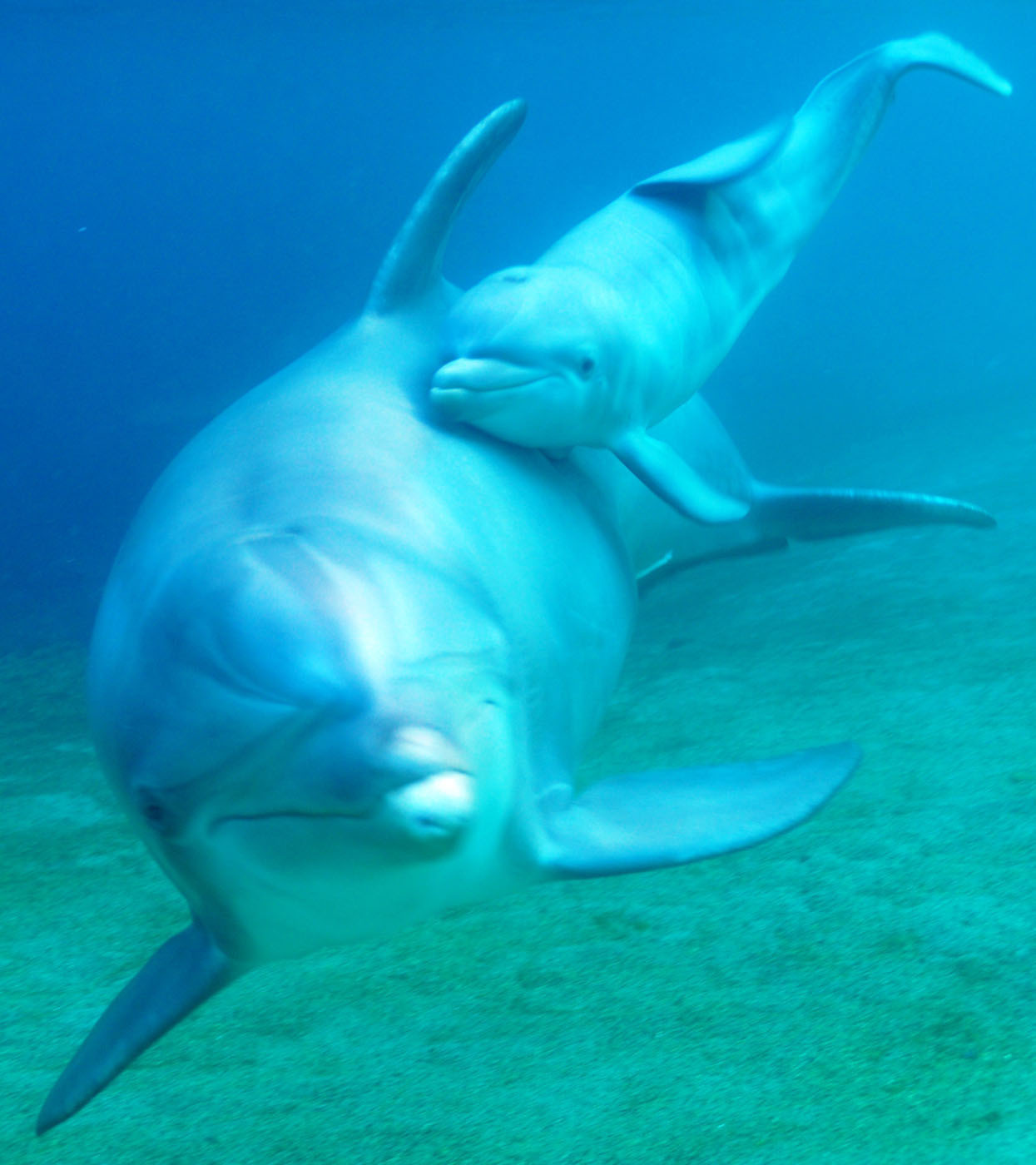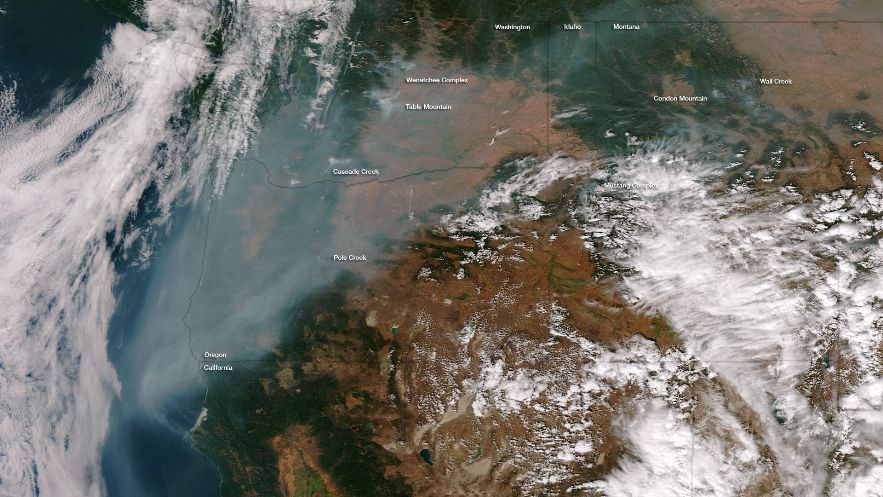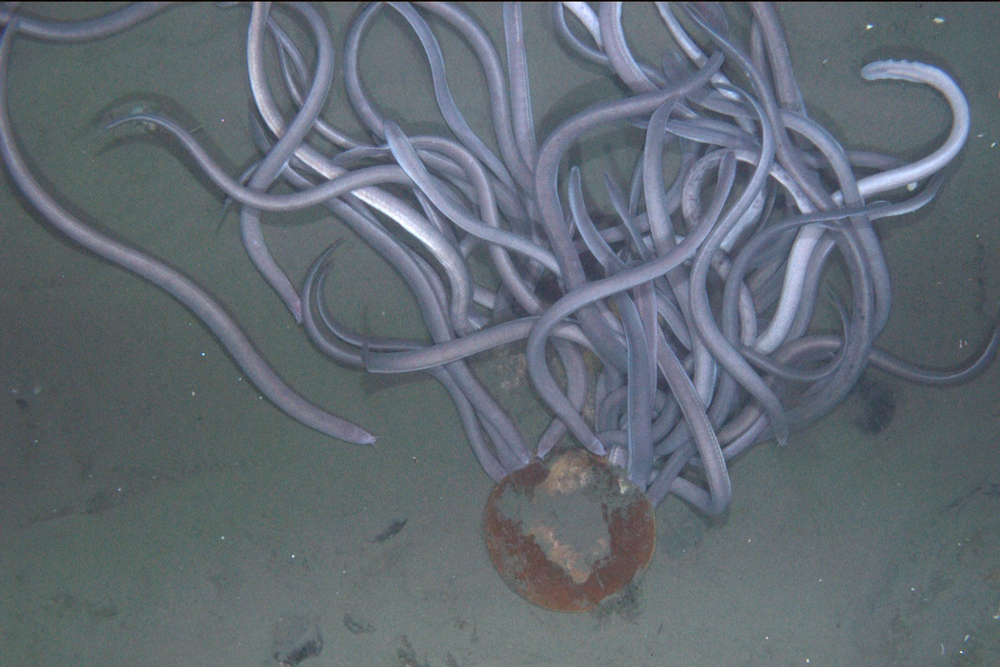Best Earth Images of the Week - Sept. 28, 2012

Fearsome storm

The distinct eye of Super Typhoon Jelawat was on display for NASA's Aqua satellite today (Sept. 27) as the storm raged over the Pacific Ocean northeast of the Philippines.
Jelawat is currently sporting winds of 155 mph (250 kph), and the storm is hundreds of kilometers in diameter, certainly living up to the name "super typhoon."
[Full Story: Satellites Spies Super Typhoon Jelawat]
Twice the beauty, again

Perhaps Wyoming should brand itself as the land of double rainbows.
On July 18, Texas native Jonathan Boening took this breathtaking photograph of a double rainbow while on vacation, driving toward Yellowstone National Park. "A fast-moving storm had just blown through the area," he told OurAmazingPlanet. "I was so utterly stunned when I saw it. I've never seen a full rainbow, much less two of them."
[Full Story: Another Double Rainbow Photographed in Wyoming ]
Miracle of life

A female dolphin was born at a Hawaiian resort last week and amazing underwater video footage shows the baby's birth and first swim with her mom.
The 12-year-old dolphin mom, Keo, gave birth after about an hour of labor in a lagoon at the Dolphin Quest marine park, part of the Hilton Waikoloa Village. The video shows Keo's calf slowly emerging tail-first. Once she's born, the baby begins swimming a little erratically but soon glides easily alongside her mom. Dolphin Quest officials said the calf started nursing within four hours of birth.
[Full Story: Dolphin Birth Caught in Amazing Underwater Video]
Blurry view

A dingy blanket of smoke now hangs over the Northwest as seen in this image captured yesterday (Sept. 24) by the Suomi NPP satellite due to wildfires throughout the region.
These fires have released a lot of smoke and particulate matter into the air, causing unhealthy conditions in parts of Washington and Oregon, according to the Smog Blog at the University of Maryland. This has been a continuing problem this year; smoke from wildfires has repeatedly reduced air quality throughout the country, as winds have easily blown the smoke to the Atlantic Ocean and beyond.
[Full Story: Image: Haze from Wildfires Hangs Over West Coast]
Different perspecitve, cool image

The Great Pyramids at Giza are the last of the Seven Wonders of the Ancient World that still survive, as well as a favorite photography subject of astronaut's in orbit, according to NASA.
The image of the pyramids above is a subset of a larger image taken on July 25 by an astronaut aboard the International Space Station (ISS) with a long focal-length lens to provide high magnification.
[Full Story: Bird's-Eye View: Egypt's Ancient Pyramids]
Unusual stars

The oceans are getting the red-carpet treatment with a new project from Woods Hole Oceanographic Institution: HabCam, an optical imaging endeavor that provides researchers with a one-of-a-kind glimpse of the seafloor.
The "Cam" part of HabCam is a camera system that is towed over the ocean bottom along the continental shelf (where a continent drops off under the ocean) off the East Coast of the United States. The system snaps six images per second that's a half-million images per day; then, a process corrects the color and an algorithm stitches the pictures together to create a giant panorama of the seafloor. Each day, HabCam can capture 100 nautical miles (185 kilometers) of ocean floor.
[Full Story: 'HabCam' Opens Unique Window on Seafloor Life]
Get the world’s most fascinating discoveries delivered straight to your inbox.



